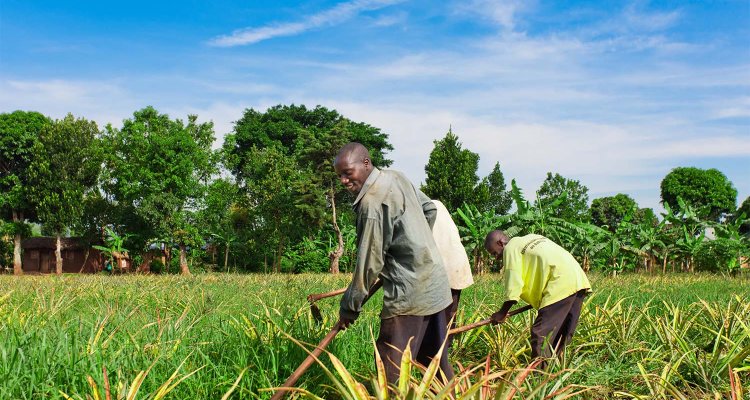
Project
How to assess the performance of CE interventions in agri-food systems in low- and middle-income countries
The circular economy (CE) model is seen as a pathway to green and resilient economic development and poverty reduction. But CE approaches may also come with unwanted trade-offs such as environmental, social, and health risks, which need to be carefully assessed (Preston and Lehne 2017; Preston et al 2019).
Low- and middle-income countries (LMICs) have not profited from linear ‘take-make-use-dispose’ economic models (Le Moigne 2021). A circular economy (CE) is proposed as the sustainable paradigm for resilient growth and minimizing the negative environmental impacts caused by human activities. A CE model (featuring ‘reduce-reuse-recycle’) promotes resource circularity, efficiency and optimalization of resources. A CE approach can have many economic, environmental, and social benefits, but may also adversely impact the environment and (groups of) people. How can we establish whether the performance of CE interventions within the agri-food system is balanced and is not overshooting planetary boundaries or leading to shortfalls in the social foundation? We need ways to assess CE interventions in relation to planetary boundaries and social foundations – and the specific interactions between them in the context of LMICs. This can prevent interactions and trade-offs in socio-economic (social foundation) and ecological systems (planetary boundaries) from being bypassed.
Such adapted assessment framework can provide a basis for determining CE interventions, including trade-offs and synergies. This project will build on the Butterfly Framework (Bos et. al., 2022) for assessing CE interventions in relation to planetary boundaries and social foundation – and the specific interactions between them – in LMICs, taking into consideration the specific context in which these interventions take place. It will take into account key lessons learned from the scientific literature and will rely on testing the framework in two CE cases in Kenya - Black soldier fly larvae for animal feed production and Biochar for soil improvement. The project will synthesise findings and provide broader recommendations for CE transitions in agri-food systems.
Publications
-
Biochar production as a circular economy innovation in Kenya : Mapping impact assessments and the enabling environment through interviews with key stakeholders
-
Black soldier fly production as a circular economy innovation in Kenya : Mapping impact assessments and the enabling environment through interviews with key stakeholders